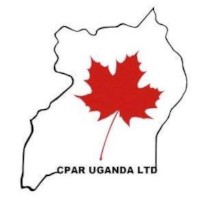Our geographic area of operation, Greater Northern Uganda – West Nile, Acholi, Lango, Teso, Karamoja and Bukedi, hosts about 13.1 million people, 32 percent of Uganda’s population, according to the UBOS National Survey Report 2019/2020 The findings of UBOS are that:
Greater Northern Uganda, “the Eastern and Northern regions, have consistently had the highest number of food poor households, with five in every ten households of the two regions being unable to afford the right food quantity with the appropriate nutrient content.”
UBOS
Why so, we ask. Particularly, considering that, on average, UBOS found the region’s “largest household share (49 percent) of Dietary Energy Consumption by food source is attained from own production.” And UBOS classifies 54.8 percent of households in the region as engaged in and as earning income from subsistence agriculture.
It is intriguing that UBOS classifies only 17.9 percent of households in Karamoja as engaged in subsistence agriculture and that nearly half, 49.9 percent, as engaged in and as earning from “wage employment”. It contradicts popular discourse, which usually classifies the people of Karamoja as predominantly engaged in and earning from nomadic pastoralism.
In fact, Carol Kerven, who according to Odessa Centre, has over 45 years of experience as an applied research socio-economist in agriculture and livestock development in sub-Saharan Africa, asserts that:
“Most, if not all, Karamoja livestock owners sell some of their animals to supply the meat market. They are neither subsistence pastoralists nor wage earners.”
Carol Kerven
Other communities seemingly marginalized within UBOS survey statistics are fishing communities. It is difficult to figure out from the National Survey 2019/2020 Report which classification UBOS included fishing communities. Does UBOS classify them wage earners or earning from subsistence agriculture?
Contact us via email info@cparuganda.com to request for the full CPAR Uganda Strategicy Direction 2020 to 2030 from whence this analysis is extracted.

